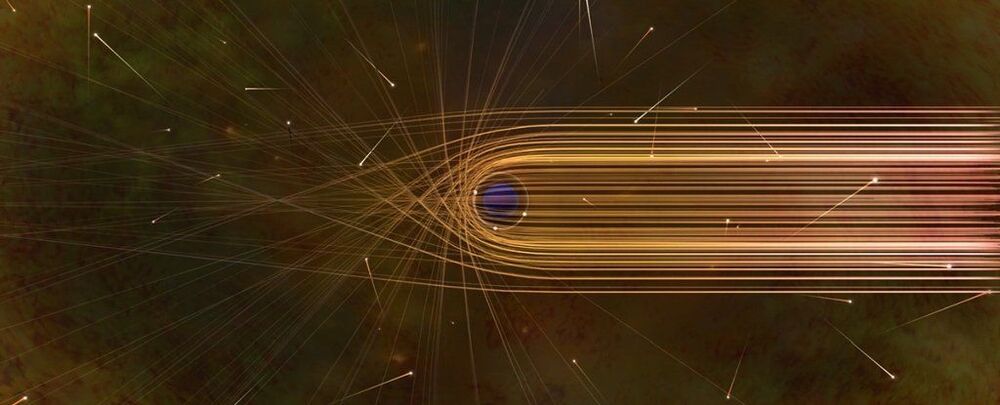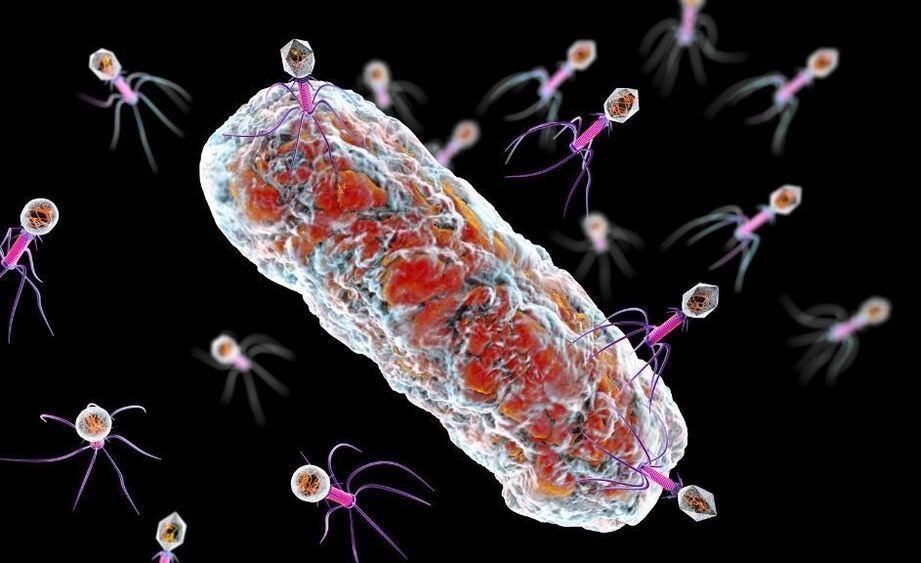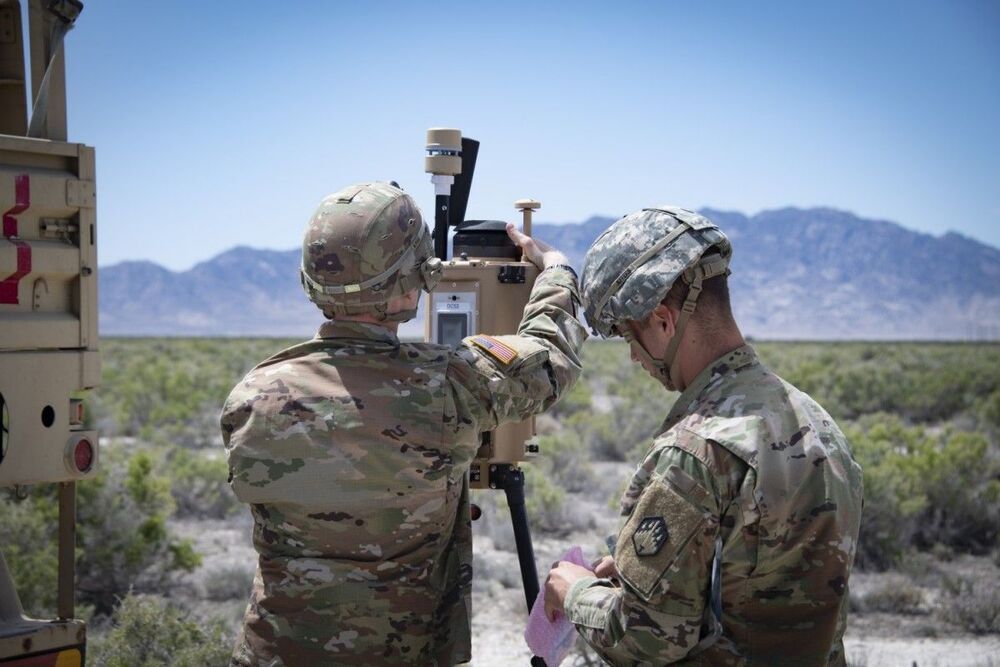Experiments now online or being built in Japan, South Korea, Italy, Canada and the United States are an order of magnitude more sensitive than the previous generation, and planned future detectors would improve on that by another two orders of magnitude (see ‘Experiments around the world’). In 2015, an advisory committee to the US Department of Energy identified such a project as a priority and a commitment to fund an experiment to detect Majorana neutrinos — estimated to cost up to/around US$250 million — is thought to be imminent.
The search for exotic ‘Majorana’ particles that could solve a big antimatter mystery is ramping up around the world.









